Integration of Smart Technology
The integration of smart technology into defibrillators is transforming the External Defibrillators Market. Modern defibrillators are increasingly equipped with features such as real-time data transmission, remote monitoring, and user-friendly interfaces. These advancements not only enhance the functionality of the devices but also improve the overall user experience. For instance, smart defibrillators can provide step-by-step audio and visual instructions, making them easier to use for untrained bystanders. Additionally, the ability to connect to mobile applications allows for better tracking of device usage and maintenance. This technological evolution is likely to attract a broader customer base, including non-medical personnel, thereby expanding the market. The trend towards smart technology in defibrillators indicates a shift towards more efficient and effective emergency response solutions.
Regulatory Support and Standards
The External Defibrillators Market benefits from robust regulatory frameworks that promote the adoption of defibrillators in various settings. Regulatory bodies, such as the FDA, have established guidelines that ensure the safety and efficacy of these devices. This regulatory support not only enhances consumer confidence but also encourages manufacturers to innovate and improve their products. As a result, the market is witnessing a surge in the introduction of advanced defibrillators that comply with stringent regulations. Furthermore, the establishment of standards for training and certification of personnel using these devices has led to increased deployment in public spaces, thereby expanding the market reach. The presence of clear regulations appears to facilitate market growth by ensuring that defibrillators are accessible and effectively utilized in emergencies.
Rising Incidence of Cardiac Arrest
The prevalence of cardiac arrest incidents is a critical driver for the External Defibrillators Market. Statistics indicate that approximately 350,000 cardiac arrests occur outside of hospitals annually, highlighting the urgent need for accessible defibrillation. This alarming trend has prompted healthcare organizations and governments to prioritize the distribution of defibrillators in public areas, workplaces, and schools. The increasing recognition of the importance of immediate defibrillation in improving survival rates has led to initiatives aimed at equipping communities with these life-saving devices. Consequently, the market is experiencing heightened demand as more entities invest in defibrillators to enhance emergency preparedness. The correlation between rising cardiac arrest cases and the need for defibrillators suggests a sustained growth trajectory for the industry.
Increased Investment in Healthcare Infrastructure
Investment in healthcare infrastructure is a significant driver for the External Defibrillators Market. Governments and private entities are increasingly allocating funds to enhance emergency medical services and public health initiatives. This investment often includes the procurement of defibrillators for hospitals, clinics, and public spaces. As healthcare systems evolve, there is a growing emphasis on equipping facilities with advanced medical devices, including defibrillators, to improve patient outcomes. The expansion of healthcare infrastructure not only facilitates the distribution of defibrillators but also promotes awareness and training among healthcare professionals and the general public. This trend suggests a positive outlook for the market, as increased funding is likely to lead to higher adoption rates of defibrillators across various sectors.
Growing Demand for Automated External Defibrillators (AEDs)
The demand for Automated External Defibrillators Market (AEDs) is rapidly increasing within the External Defibrillators Market. AEDs are designed for use by laypersons and are becoming a staple in public spaces, workplaces, and schools. The simplicity of operation and the effectiveness of AEDs in treating sudden cardiac arrest have contributed to their widespread acceptance. Market data indicates that the AED segment is projected to grow significantly, driven by initiatives aimed at increasing public access to these devices. Furthermore, educational campaigns emphasizing the importance of AEDs in emergency situations are likely to bolster demand. The growing recognition of the role of AEDs in saving lives suggests a promising future for this segment of the market.


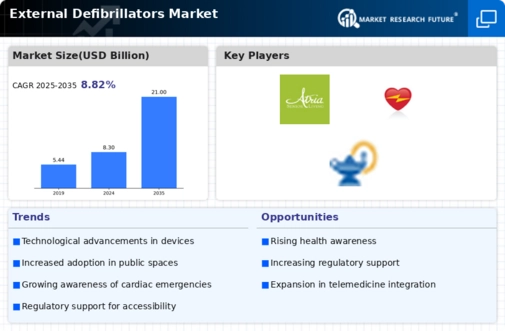
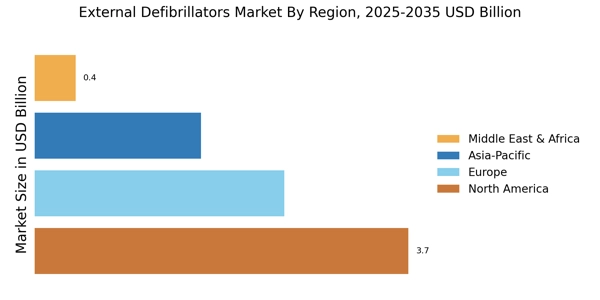

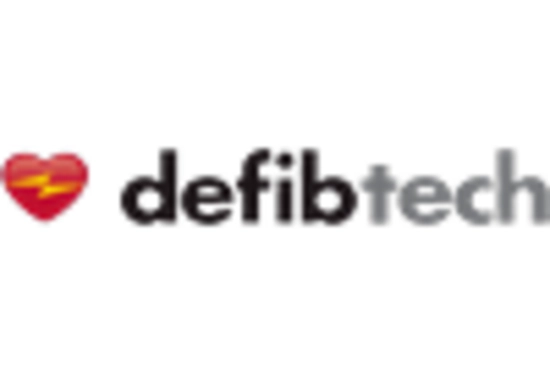
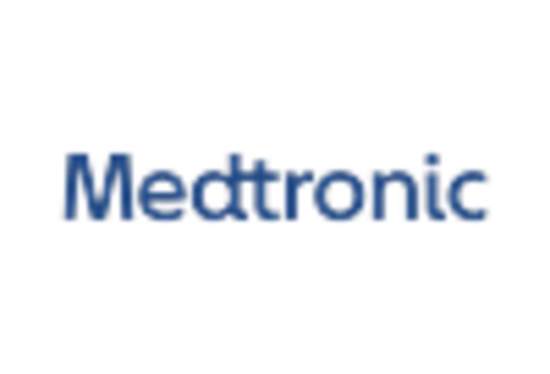


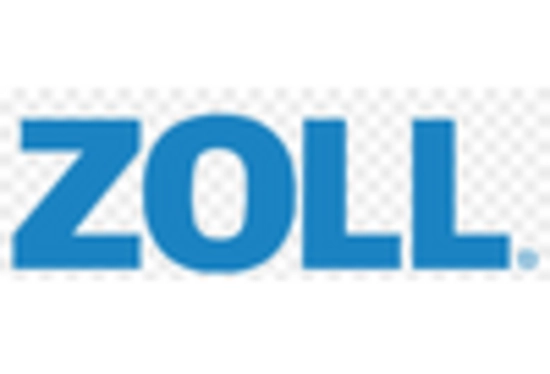








Leave a Comment